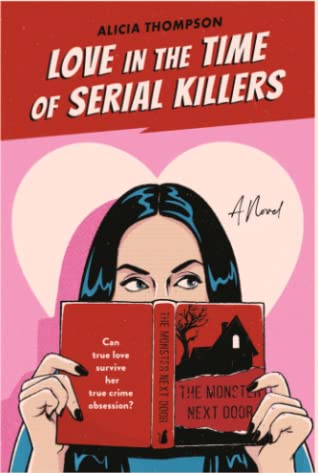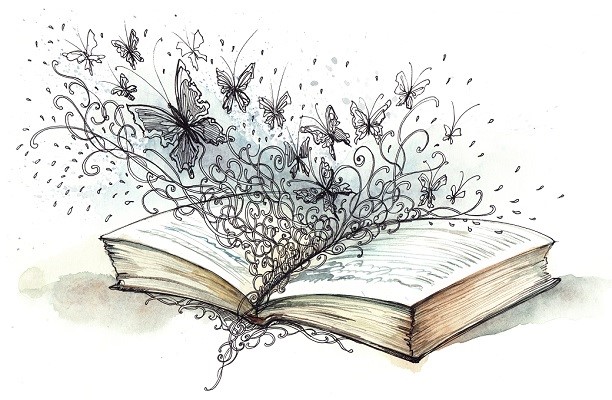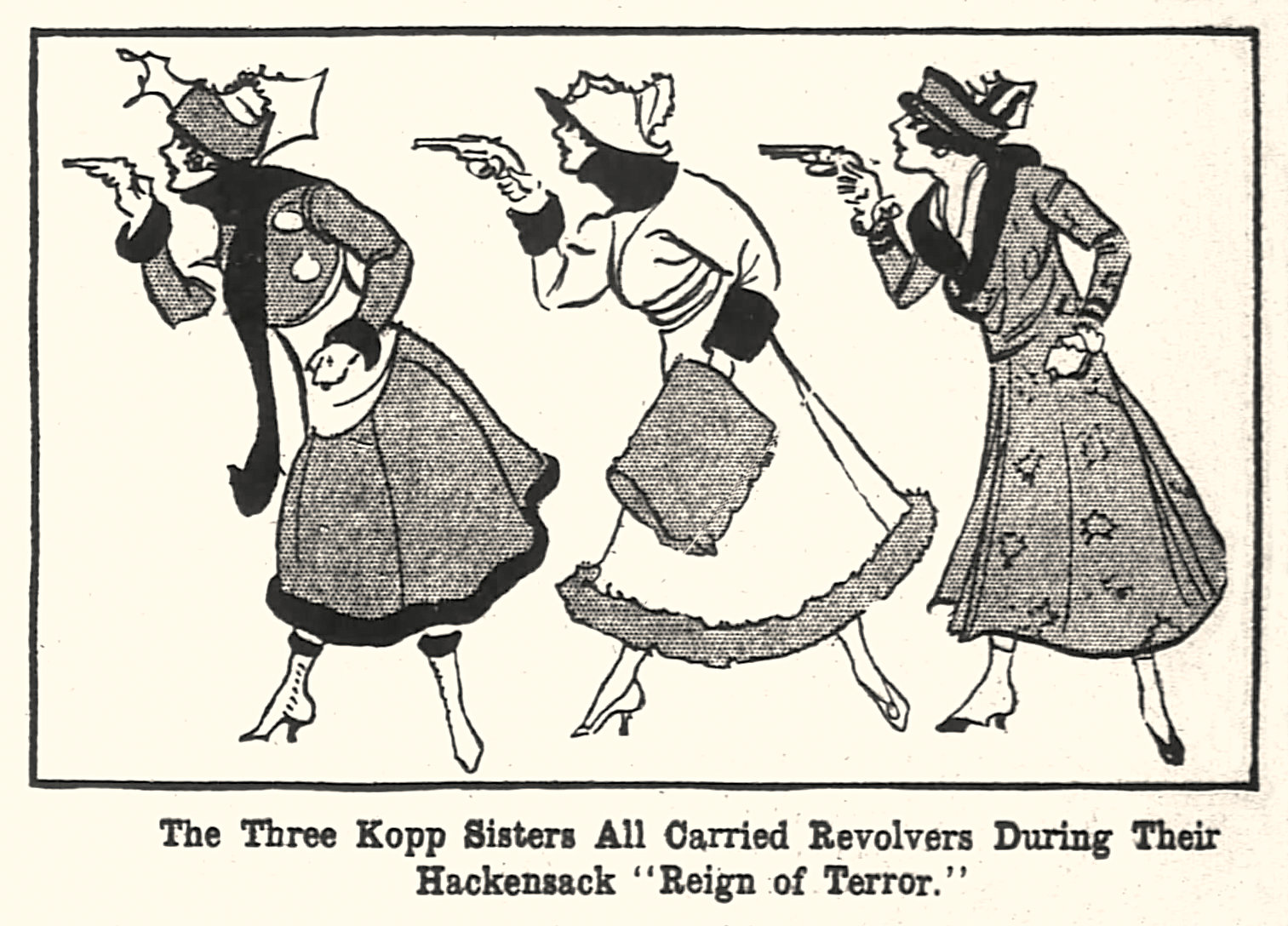
Title: Love in the Time of Serial Killers
Author: Alicia Thompson
Publisher: Berkley
Publication date: August 16, 2022
Print length: 336 pages
Genre: Contemporary romance
Source: Review copy courtesy of the publisher via NetGalley
Rating:
Turns out that reading nothing but true crime isn’t exactly conducive to modern dating—and one woman is going to have to learn how to give love a chance when she’s used to suspecting the worst.
PhD candidate Phoebe Walsh has always been obsessed with true crime. She’s even analyzing the genre in her dissertation—if she can manage to finish writing it. It’s hard to find the time while she spends the summer in Florida, cleaning out her childhood home, dealing with her obnoxiously good-natured younger brother, and grappling with the complicated feelings of mourning a father she hadn’t had a relationship with for years.
It doesn’t help that she’s low-key convinced that her new neighbor, Sam Dennings, is a serial killer (he may dress business casual by day, but at night he’s clearly up to something). It’s not long before Phoebe realizes that Sam might be something much scarier—a genuinely nice guy who can pierce her armor to reach her vulnerable heart.
You wouldn’t normally expect an obsession with serial killers to show up in a romance… but Love in the Time of Serial Killers is here to change all that!
Note: As the author makes clear in her forward, there is no actual murder or violence in the book; the story is about someone studying written records of serial killing, and does not include details of killings or anything graphic or gory.
In this new novel, Phoebe is forced to temporarily relocate to Florida to clear out her late father’s house and get it ready for sale, while at the same time trying to finish the remaining chapters of her dissertation. To say she has mixed feelings is to put it mildly — she’s been estranged from her father since her early teens, when her parents divorced and she chose to go with her mother (while her much younger brother Conner remained with their father.) Phoebe has no interest in a stroll down memory lane — but that’s hard to avoid while sleeping in her own childhood bedroom and sorting through the hoarder-level amount of stuff piled all over the house.
Phoebe’s doctoral dissertation is on true crime as a literary genre, and her singular focus on true crime affects her worldview to a huge degree. Yes, it’s good to be cautious, but her immediate assumption that every stranger is a potential serial killer definitely gets in the way of her ability to connect to other people, sustain friendships, or even accept help when she needs it.
Of course, that cute guy next door is not actually a serial killer (although it takes Phoebe some time to believe it), and he’s understanding and helpful in an almost too-good-to-be-true sort of way. As the weeks go by and Phoebe reconnects with her brother as well as her former best friend, she starts to understand the reasons why she’s so drawn to true crime (for one thing, it usually has answers and cause and effect, elements she finds lacking in her own messy life), and realizes that maybe it’s time to let other people in… including her neighbor Sam.
I enjoyed Phoebe as a main character very much — she’s super intelligent, goes her own way, and is very body positive (she describes herself as fat and is comfortable with her body… which makes me question the cover art and why the woman shown does not appear to be fat herself). She can be frustrating too, clearly and willfully pushing away people who are well-intentioned and hiding behind her knowledge of serial killer habits as a way of protecting herself from real connection.
The romance aspects felt a little too easy in some ways — there’s instant chemistry, and Sam is hard to know other than as he presents — a sexy school teacher who’s good-hearted and supportive and always ready to help and understand. I mean, he’s pretty much flawless! Then again, since this is a romance novel, there has to be a falling out prior to the HEA ending, and the break-up here seems unnecessary — a bit more honest communication would have helped a lot.
I thought Phoebe’s dissertation sounded fascinating! I’m not a true crime fan — I don’t read books or listen to podcasts or watch Netflix documentaries on the subject — but I have to admit that after reading this book, I’m certainly more interested… enough so that maybe I’ll finally get to the copies of In Cold Blood or I’ll Be Gone in the Dark currently sitting on my shelves. Phoebe’s approach to the genre focuses on looking at who’s telling the story and what their roles in the narrative are, and honestly, I wanted to hear more! (And this book also reminded me that I’ve always meant to read Helter Skelter too, if I can psych myself up for it.)
I really enjoyed the tone and the writing throughout Love in the Time of Serial Killers. There’s plenty of humor in the dialogues and in Phoebe’s inner thoughts:
To encourage your cat to play, it said to stay on the floor, idly flicking a string or other toy while talking in a friendly manner. It didn’t specifically say to talk about your favorite true crime programming, but it didn’t say not to, either.
Phoebe’s younger brother is all boyish enthusiasm and silliness, and his lovestruck attempts to figure out the perfect way to propose to his girlfriend — to achieve that perfect balance of expressing the depth of his feelings while also going viral — are adorable. (Let’s just mention that one scenario involves a roller rink, and leave it at that.)
Silliness and laughter aside, the book also explores the lingering effects of Phoebe’s difficult family situation and her emotionally withholding father. Here’s where I wish the book had gone a little deeper, in fact. While we know that Phoebe carries inner wounds from her earlier experiences which have shaped who she is today and why she has such difficulty with intimacy, I would have liked more of an exploration of these experiences and what she went through as a teen, in order to better understand her as an adult.
Overall, though, Love in the Time of Serial Killers is a fast, engaging, entertaining read, with hints of greater depth to keep it from being too fluffy. And how amazing is that title??? This is a good choice for a quick summer read, and I ended up really enjoying it.











